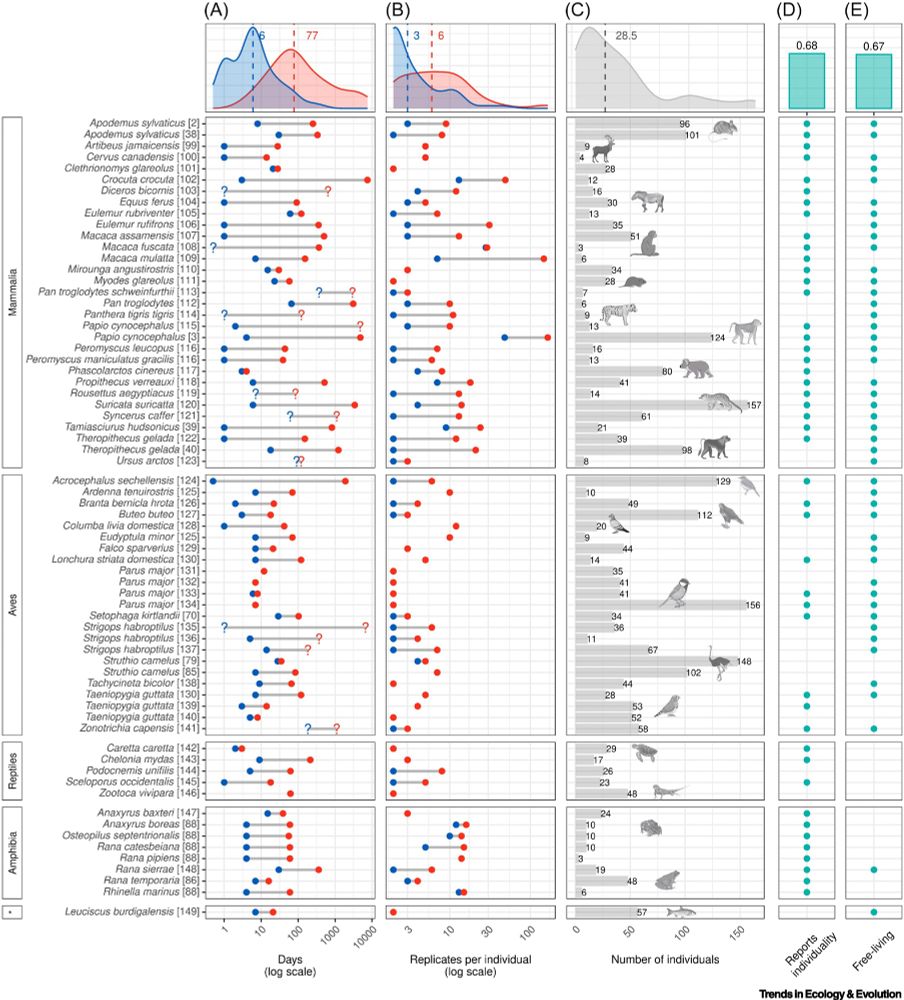Maria Elena Martino
@memartino.bsky.social
640 followers
190 following
36 posts
Ecology, Evolution & Microbiology. Wondering how microbes and animals evolve together 🦠🧫🐟🐚🌍
Associate Professor University of Padua
Posts
Media
Videos
Starter Packs
Pinned









